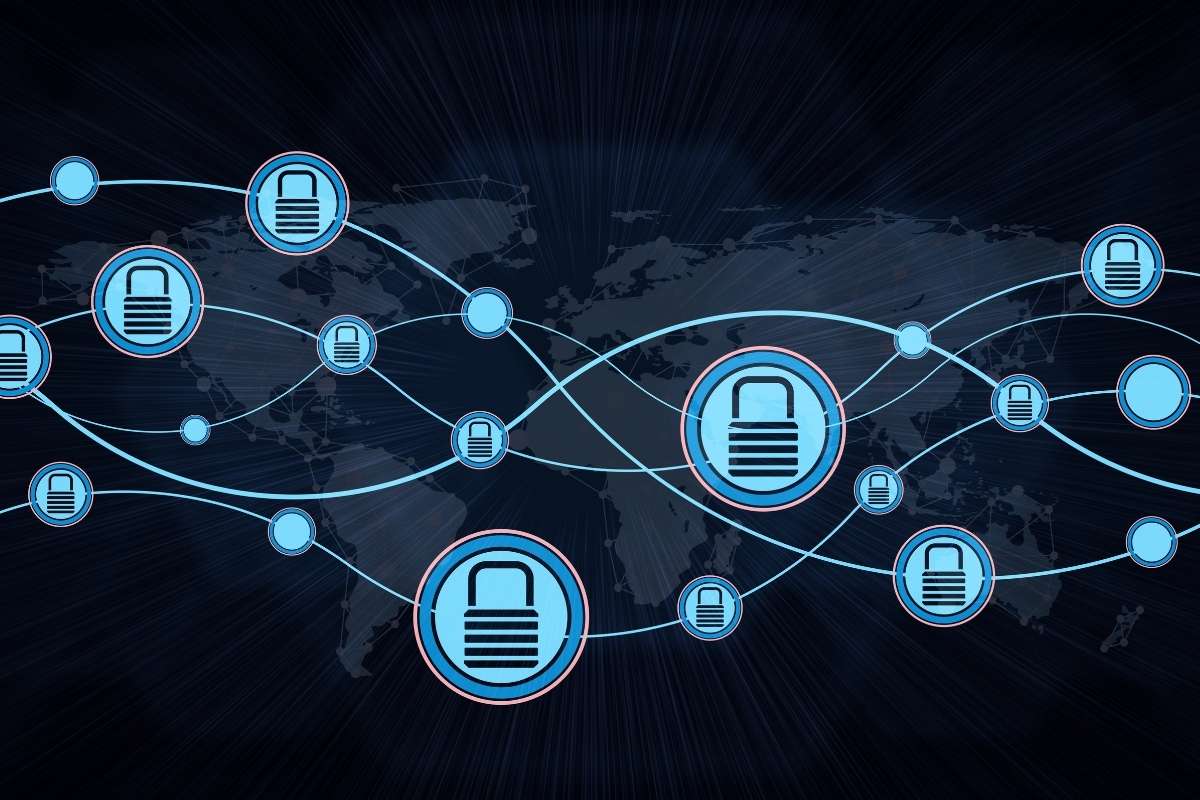With the digital world becoming an essential aspect of our connected environment, there is always a risk of cyberattacks. The phrase “CyberAttacks” refers to a broad category of malevolent actions directed towards computer networks, systems, and data. As technology develops, cybercriminals’ strategies also advance with it. This essay explores the complex topic of cyberattacks, looking at their different manifestations and vital defences against them to strengthen our online security.
Understanding CyberAttacks:
In an era dominated by technological advancements, our reliance on interconnected digital systems exposes us to an ever-growing risk—CyberAttacks. The term “CyberAttacks” encompasses a spectrum of threats that exploit vulnerabilities in computer systems, networks, and data. As technology evolves, so does the sophistication of these attacks, making cybersecurity a critical concern for individuals, businesses, and governments alike.
This article delves into the intricate world of CyberAttacks, seeking to unravel their complexities, explore their various forms, and emphasize the imperative need for comprehensive countermeasures to fortify our digital defenses in the face of an evolving and relentless cyber threat landscape.
Phishing: The Art of Deception
One of the most prevalent phishing Attacks is where attackers use deceptive emails, messages, or websites to trick individuals into revealing sensitive information such as usernames, passwords, or financial details. Cybercriminals often impersonate reputable entities, exploiting human psychology to gain unauthorized access.
Malware: Silent Invaders of Systems

Malicious software, or malware, is a broad category of CyberAttacks that includes viruses, worms, Trojans, and ransomware. These insidious programs infiltrate systems, compromise data integrity, steal information, or even render systems inoperable. Ransomware, in particular, encrypts files and demands payment for their release, causing significant disruptions.
Denial-of-Service (DoS) Attacks: Overwhelming Digital Resources
DoS attacks aim to overwhelm a system, network, or website with an influx of traffic, rendering it inaccessible to legitimate users. Distributed Denial-of-Service (DDoS) attacks amplify this threat by utilizing a network of compromised computers to flood the target, making mitigation challenging.
Man-in-the-Middle Attacks: Eavesdropping on Communication
In these attacks, cybercriminals intercept and potentially alter communication between two parties without their knowledge. This could involve eavesdropping on unsecured Wi-Fi networks, compromising routers, or exploiting vulnerabilities in communication protocols.
Crucial Countermeasures Against CyberAttacks:
1. Employee Training and Awareness
An informed and vigilant workforce is the first line of defense against CyberAttacks. Regular training sessions on recognizing phishing attempts, practicing secure password management, and understanding potential threats contribute significantly to fortifying the human element of cybersecurity.
2. Robust Endpoint Security Solutions
Endpoint security involves securing individual devices connected to a network. Employing antivirus software, firewalls, and intrusion detection/prevention systems on all devices helps detect and neutralize malware, preventing it from infiltrating the network.
3. Multi-Factor Authentication (MFA)
Implementing MFA adds an extra layer of security by requiring users to provide multiple forms of identification before gaining access to a system or account. This significantly reduces the risk of unauthorized access, even if login credentials are compromised.
4. Regular Software Updates and Patch Management

Cybercriminals often exploit vulnerabilities in software to launch their attacks. Regularly updating operating systems, applications, and security software ensures that known vulnerabilities are patched, reducing the risk of exploitation.
5. Network Segmentation
Segmenting a network into isolated zones helps contain potential CyberAttacks. If one segment is compromised, the damage can be limited, preventing lateral movement within the network.
6. Firewalls and Intrusion Prevention Systems (IPS)
Firewalls act as barriers between a secure internal network and external threats. Intrusion Prevention Systems monitor network and/or system activities for malicious exploits or security policy violations, blocking or mitigating identified threats.
7. Encryption for Data Protection
Encrypting sensitive data both in transit and at rest ensures that even if cybercriminals gain unauthorized access, the information remains indecipherable without the encryption key. This is particularly crucial for safeguarding sensitive financial and personal data.
8. Anomaly Detection and Security Analytics
Employing advanced analytics and anomaly detection tools helps organizations identify unusual patterns of behavior that may indicate a Cyber Attack. Early detection allows for a rapid response and mitigation of potential threats.
9. Incident Response Plans
Having a well-defined incident response plan is essential for minimizing the impact of a Cyber Attack. This plan should outline the steps to be taken in the event of a security breach, including communication protocols, forensic analysis, and recovery processes.
10. Regular Security Audits and Penetration Testing

Regularly assessing the security posture of an organization through audits and penetration testing helps identify vulnerabilities before cybercriminals can exploit them. Proactively addressing these weaknesses strengthens overall cybersecurity.
11. Collaboration and Information Sharing
Cybersecurity is a collective effort, and organizations can benefit from collaborating with industry peers, government agencies, and cybersecurity communities. Sharing information about emerging threats and vulnerabilities enhances the collective ability to defend against CyberAttacks.
12. Data Backups and Recovery Plans
In the event of a ransomware attack or data loss, having comprehensive data backup and recovery plans is crucial. Regularly backing up critical data ensures that organizations can restore information and resume operations quickly after an incident.
Conclusion:
Protecting against cyberattacks is crucial in the digital age since technology permeates every part of our lives and information is a valuable asset. Because these threats are constantly changing, cybersecurity must take a proactive, multifaceted strategy. Individuals and organizations may navigate the digital world with confidence, preserving the integrity, confidentiality, and availability of critical information, by knowing the many forms of CyberAttacks and putting strong countermeasures in place. The keys to success in this continuous fight for cybersecurity include remaining informed, implementing best practices, and cultivating a resilient culture.






